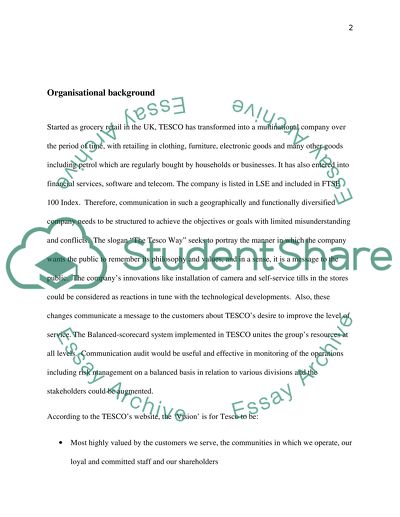Cite this document
(“Reflective Communication Audit Essay Example | Topics and Well Written Essays - 4000 words”, n.d.)
Retrieved from https://studentshare.org/environmental-studies/1415209-reflective-communication-audit
Retrieved from https://studentshare.org/environmental-studies/1415209-reflective-communication-audit
(Reflective Communication Audit Essay Example | Topics and Well Written Essays - 4000 Words)
https://studentshare.org/environmental-studies/1415209-reflective-communication-audit.
https://studentshare.org/environmental-studies/1415209-reflective-communication-audit.
“Reflective Communication Audit Essay Example | Topics and Well Written Essays - 4000 Words”, n.d. https://studentshare.org/environmental-studies/1415209-reflective-communication-audit.


